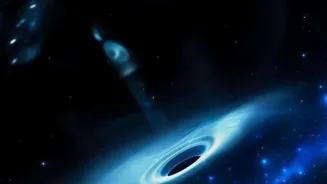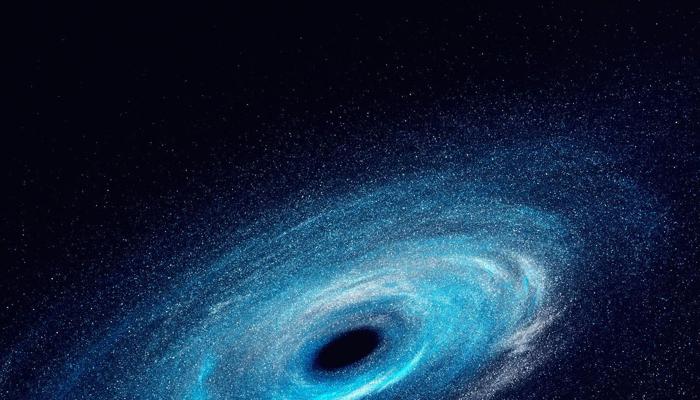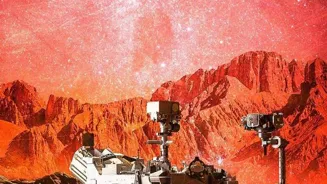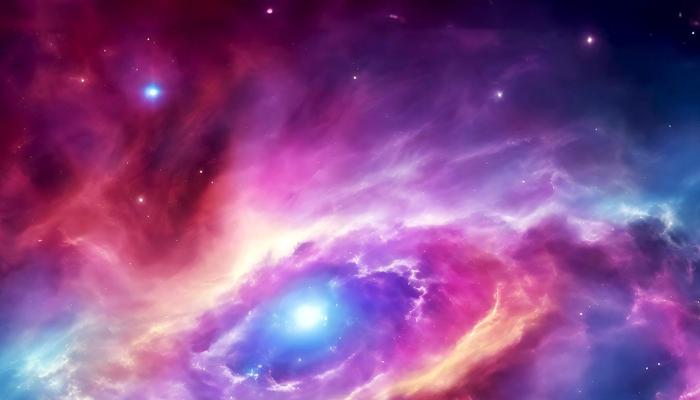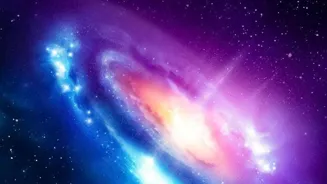Delving into the enigma of dark energy, a cosmic force shaping the universe's fate. Let's uncover its mysteries together!
For centuries, Indian astronomers and philosophers have pondered the mysteries of
the cosmos. From Aryabhata's calculations of planetary orbits to the concept of Brahman encompassing all of existence, the quest to understand the universe has been a central theme in our intellectual heritage.
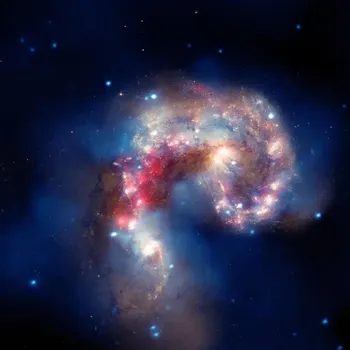
Today, that quest continues with a fascinating and perplexing challenge: unraveling the nature of dark energy.
Universe's expansion accelerates due to mysterious dark energy
What is this dark energy, you might ask? Well, imagine the universe as a giant balloon, steadily expanding over billions of years. For a long time, scientists believed this expansion was slowing down due to gravity, the force that pulls everything together.
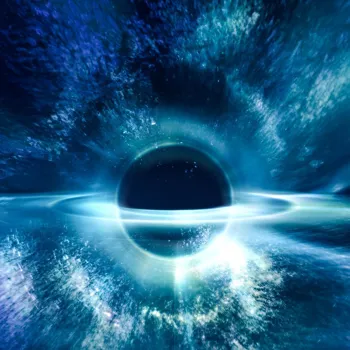
But in the late 1990s, a groundbreaking discovery turned this understanding on its head. Using distant exploding stars called supernovae, astronomers found that the universe's expansion wasn't slowing down at all, but actually speeding up!
This acceleration was attributed to a mysterious force dubbed "dark energy," because, well, we have no clue what it is.
Scientific community surprised by missing 70% cosmic ingredient
This discovery was a big surprise for the scientific community. It meant that our understanding of the universe was incomplete.
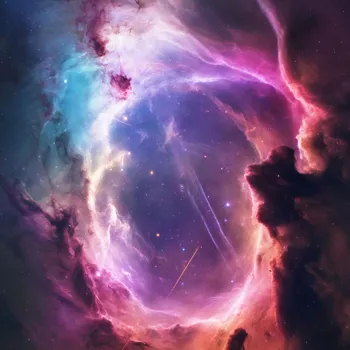
That is, we are missing a major component of cosmic ingredients, and this one single component makes up to around 70 percent of the overall mass-energy content of the universe. What is there to understand that we haven't so far?
Dark energy and dark matter shape the universe
Dark energy isn't something we can see or touch. It doesn't interact with light, which is why it's "dark". But its effects are very real, shaping the very fabric of space and time. Scientists estimate that dark energy makes up about 68% of the total mass-energy content of the universe.
This is much more than the ordinary matter that makes up stars, planets, and us – that accounts for only about 5%. The remaining 27% is believed to be dark matter, another mysterious substance that interacts with gravity but doesn't emit or absorb light.
The nature of dark matter is also an ongoing area of research, but it acts differently than dark energy. Dark matter pulls things together, while dark energy pushes them apart.
Dark energy challenges laws of physics, spurring groundbreaking research
Dark energy poses several fundamental questions about the universe. It forces scientists to question long-held assumptions about the laws of physics and the nature of reality itself. We only know so little about the existence of so much! How can we have a comprehensive view of the universe?
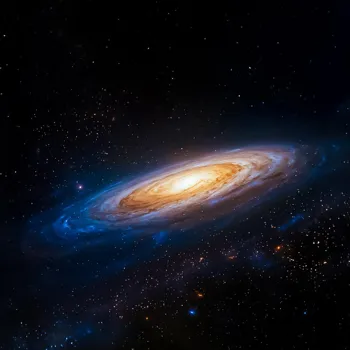
It might sound disheartening, but the great thing is that this means that there is ground-breaking research to be done.
Dark energy: theories proposed, challenges faced, need for deeper physics understanding
So, what could this dark energy be? Scientists have proposed several theories, but none have been definitively proven. One leading idea is that dark energy is simply a property of space itself, an inherent energy density that remains constant as the universe expands.
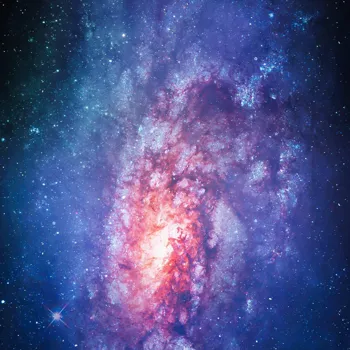
This is often referred to as the cosmological constant, and it aligns with Einstein's theory of general relativity. However, this explanation raises its own set of challenges, as calculations predict a value for the cosmological constant that is vastly different from what is observed.
Another possibility is that dark energy is a dynamic field, constantly changing over time. This is where a deeper understanding on the fundamental concepts of physics is needed, so we can try to see the connections.
Scientists probe dark energy with galaxy distribution mapping and CMB study
Scientists are using different methods to probe the mysteries of dark energy. These are like using different type of lenses to understand the mystery in its entirety. One approach has been to map the distribution of galaxies across vast distances.

They want to see how their distribution change over time, and how the distribution of the cluster of galaxies differ in different locations. These maps can reveal how dark energy has influenced the expansion of the universe throughout cosmic history.
Another method involves studying the cosmic microwave background (CMB). This is the faint afterglow of the Big Bang, the event that birthed the universe. The pattern and polarization of the CMB light contains information about dark energy’s effect on the early expansion of the universe.
Dark energy's impact on universe fate: Big Freeze or Big Crunch
The nature of dark energy has huge implications for the ultimate fate of the universe. If dark energy continues to dominate and its strength remains constant, the universe will expand forever at an ever-increasing rate.
This scenario, often called the "Big Freeze," would see galaxies growing farther and farther apart, stars eventually burning out, and the universe becoming cold, dark, and empty. Another possibility is that dark energy is not constant and its strength could decrease over time.
In this scenario, gravity could eventually regain the upper hand, causing the expansion to slow down and eventually reverse. This could lead to the "Big Crunch," where the universe collapses in on itself.
Mystery of dark energy reveals gaps in physics understanding
The mystery of dark energy highlights how much we have yet to learn about the universe. It's a humbling reminder that our current understanding of physics is incomplete.
The search for answers is driving innovation and collaboration across the globe, as scientists develop new technologies and theories to probe the depths of cosmic darkness. These investigations also help to refine fundamental parameters used by other physicists.
Indian scientists lead research on dark energy globally
Indian scientists are actively contributing to the global effort to understand dark energy. From theoretical physicists developing new models to observational astronomers using world-class telescopes, Indian researchers are at the forefront of this exciting field.
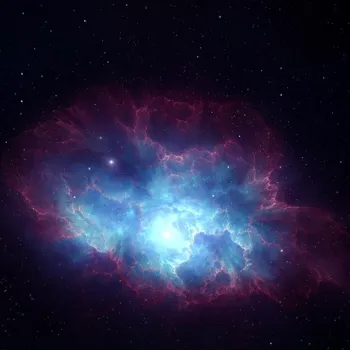
India's upcoming space missions, like the planned astronomical satellite with advanced imaging capabilities, could provide valuable data for studying dark energy and other cosmic phenomena.
There need to be more funding opportunities so that younger generations of scientists get the chance to be a involved.
Quest to understand dark energy reveals our cosmic place
The quest to understand dark energy is more than just an academic exercise. It speaks to our fundamental desire to know our place in the universe.
By unraveling the mysteries of dark energy, we can gain a deeper understanding of the laws of nature, the origin and evolution of the cosmos, and ultimately, our own existence. Hopefully, in the near future, scientists and researchers can successfully identify what dark energy really is.
It would truly be a great achievement for the world!
AI Generated Content. Glance/InMobi shall have no liability for the content

